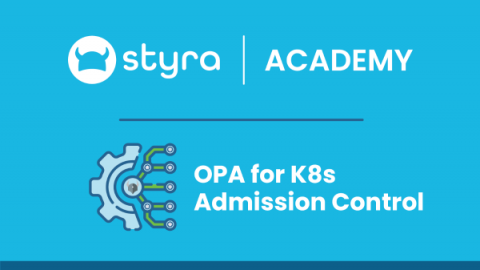What Is Kubernetes Admission Control?
Kubernetes admission control is a mechanism that validates and modifies requests to the Kubernetes API server before they are processed. Admission control can enforce policies, security rules, resource limits, default values and other elements of the cluster’s use. This mechanism can also reject requests that violate certain rules or conditions.











